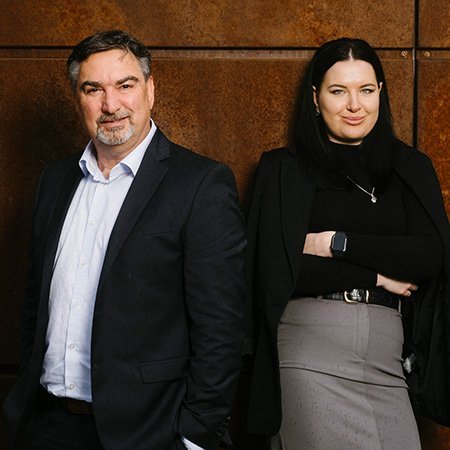Training Programs to Develop Strategic Marketing and Sales Skills
The customer experience’s centric role in business and organizational culture drives successful commercial strategies and concepts. Aalto EE offers a wide range of sales and marketing training programs that help organizations strengthen their strategic customer relationship, marketing, and sales skills. Develop marketing and sales capabilities and enable your organization's commercial success.
What kind of training or development are you looking for?
Featured Insights on Marketing and Sales
Digitalization and new technologies are having an impact on marketing, when harnessed alongside sales, to a new level
The basic principles of marketing have changed little over the decades. Various ‘isms’ have entered the discussion from time to time, while others have faded from view. Meanwhile, digitalization has transformed marketing, and the pace of change is exponential. Marketing has had a dwindling impact, and advertising has undergone genuine transformations. On the other hand, marketing has been revived by the universal adoption of certain technologies, and artificial intelligence has become part of everyday life.
Internal market information and data derived from the markets are vital to enabling companies to identify customers, partners, prospects, and competitors. Markets cannot be analyzed and interpreted with sufficient intensity without the strategic exploitation of data. In turn, such analysis and interpretation enable adaptation to a continuously changing market situation. Customer needs are continuously changing, and organizations need to both understand these changes and be proactive in view of them.
Joint efforts, combining short and long-term results
The basic task of marketing and sales is to influence people, whether they are individual consumers or business-to-business clients. From the management perspective, it is critical that creating a path for customers, rather than engaging in individual sales and marketing processes, lies at the heart of the work done. The message conveyed has to be coherent, regardless of where the customer is on the path.
Although the basic concepts and tasks of marketing and sales have not changed, their definitions have transformed over time. Traditional campaign marketing is based on "pushing" information from a business to customers. However, content marketing has introduced a new dimension to sales and marketing.
The transition from outbound marketing to inbound marketing has also highlighted the importance of customer orientation. Instead of companies focusing on individual, often product-oriented, short-term marketing campaigns, the discussion has turned to continuous processes and activities based on a customer-oriented perspective. Companies are even training consumers and solving their problems, rather than engaging in advertising and promotion. In a nutshell, there has been a switch from pushing products towards providing help, interactive dialogue, and co-creation.
Seamless customer experiences at the heart of activities
Managing the customer experience has become a key source of competitive advantage. Unique experiences that the customer remembers are critical to becoming differentiated from competitors. According to a survey by Oracle, up to 89 percent of consumers have ended a customer relationship due to a poor customer experience. On the other hand, 86 percent of customers would be willing to pay more for a service if the customer experience were better. This shows that fulfilling and exceeding customers’ expectations always pays for itself.
Measuring is of the essence
Successful marketing uses indicators and calculates the impact on cash flow, profitability, and sales, whereas sales have their own metrics. This means defining clear responsibilities and metrics for both marketing and sales.
Information and internal data are the key to measurement. Data is a key driver of business, but it is not valuable in itself; an organization requires the capabilities and tools to use it.
Personalization is a "must"
However, innovation should not be forgotten at a time when data has become a key driver of business, artificial intelligence is an everyday phenomenon, and technologies and their exploitation are critical success factors. Both the content and its targeting must be personalized. However, the life spans of both content and experiences have become shorter, and differentiation is growing in importance. Innovation is a necessity, since products and services are increasingly evaluated on the basis of what new things they genuinely bring.
The task of a brand is to increase a company's value; strategic brand management is about developing enterprise value. This is not about drawing up marketing plans, promoting customer relationships through individual actions, or year-long intervals. A brand is not a logo, product, or service. A brand is an experience formed from individual, interactive encounters between a customer and a business.














































